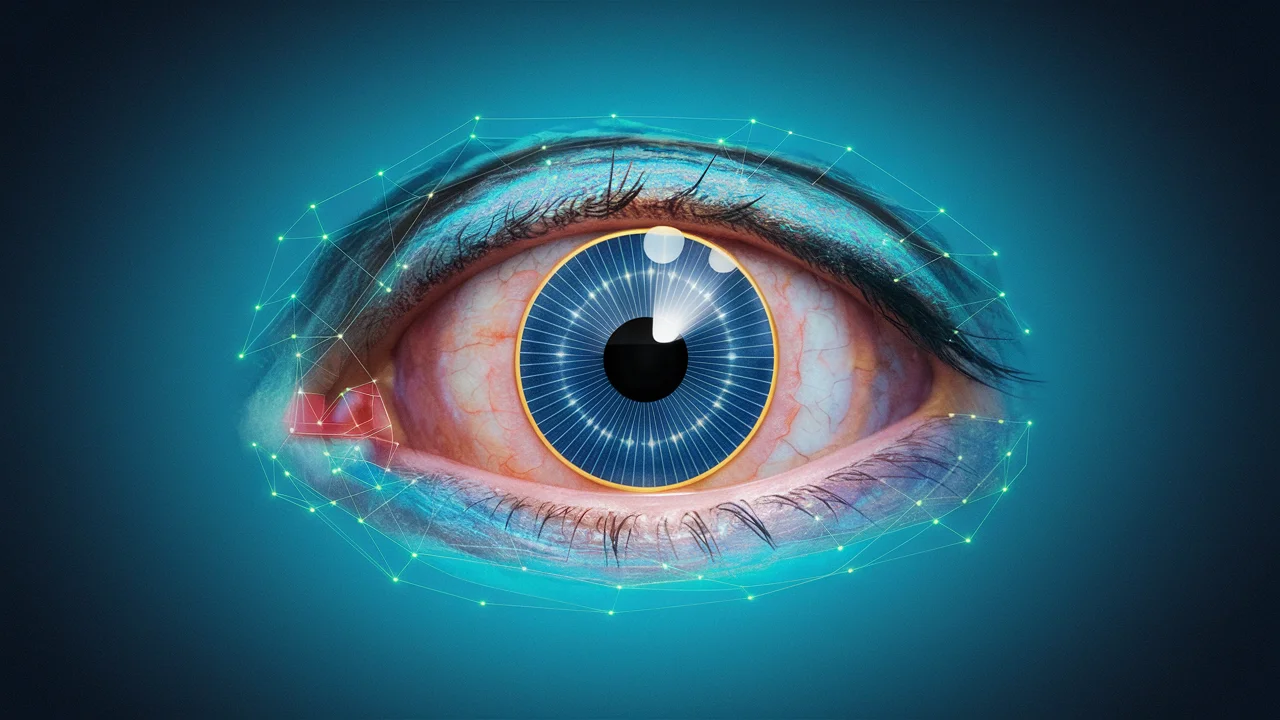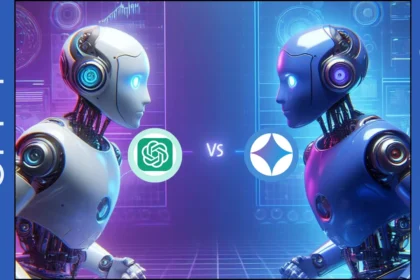Neuroprosthetics, which is the field of science that creates devices for communication and interaction with the nervous system to restore lost functionality, is still emerging and can improve life quality on a much larger scale.
Scientists are giving a design for solar panel implants in human retinas to preserve vision Researchers at UNSW (the University of New South Wales) in Australia are developing a fresh prototype that may be implanted on the human retina for use as a substitution for the natural eye. The device mimics the panels, used in the process of converting solar light into electricity like the panels found in the university press release.
On the other side of the spectrum is the neuroprosthesis which is quite novel as it is a device that acts in coordination with the neural system to help restore the functionality lost on the body.
Cochlear implants are an elite neuroprosthesis. For people who are suffering from very severe hearing loss, it turns the sound into electronic signals that in turn, stimulate the auditory nerve, bringing back the hearing capability to the individual.
Having a similar strategy can be used in the case of blindness, too. “People with illnesses like retinitis pigmentosa and age-related macular degeneration go through continuous visual impairment when the photoreceptors in the center of the eye degrade, commented Udo Roemer, a solar power narrated engineer at the UNSW,” explained. So-called photoreceptors are the eye cells that perceive light and color. The remedying of vision loss in a medium of solar panels.
Solar panels for treating vision loss
Scientists utilize this concept also to cure vision problems with a neuroprosthesis. Because the photoreceptors are damaged then the prosthesis will have to go via them and turn the light entering the eye into electric form. The incoming signals can be directed through the optic nerve under normal conditions, thus permitting vision.
Different from the regeneration of new photoreceptor cells recycling from the energy is also a research area for scientists. However, it is a principle, that the whole system needs the wires to be put in the eye, and that by itself makes it a complicated operation.
Roemer is one of the members of a team that also includes other experts like engineers, neuroscientists, and biotech experts who are working under the guidance of solar panels to create spaceships for a return to the moon missions. This theory involves fitting a miniature solar panel on the eyeball rim and transmitting incoming photons into the brain to provide the perception of light.
Wireless solutions
The significant benefit of using solar panels rather than electrodes is that the implant can run by itself and does not require wires that connect to the eye. This was not the first time that the idea had been tested, but he had slightly deviated from the route chosen by other investigators to attain the end goal.
What differentiates Roemer’s approach from traditional solar technology involves the used materials: while the conventional panels use silicon as their main semiconductor component, the inventor experiments with gallium arsenide and gallium indium phosphide comprising his devices. Even though these materials are pricier than silicon, working with them is easier than with silicon; their characteristics also can be improved quickly for a particular use.
In Roemer’s own words: “Picture the photoreceptor as being a single pixel and each solar cell sends a tiny voltage to the brain, so we need to create three solar cells to be able to send a sharply defined and clear image to the brain.” “So we want them to be like pancakes on top of each other,” said the researcher. “Since it is easier to stack up the gallium as compared to silicon, we prefer it.”
Although the work remains the proof of concept, the scientists succeeded in the assembly of two photovoltaic cells closely located on a one-centimeter square area. Second, the team leads them into something more identifiable as pixels that will make the sight and etch them with the groves into it. This is soon going to be succeeded by filling in the three cells with more stacks.
The device is prepared for human insertion when it covers an area of two square millimeters under one large pixel measuring 50 micrometers in diameter. Even then, these might be enough cells by themselves. Resolution: Generic vs Branded Medicines: The Pros and Cons In recent years, the debate over whether generic or branded medicines are a better choice has intensified.
The term generic medicines refers to drugs that contain the same therapeutically active ingredient as their brand-name counterparts but are produced by different pharmaceutical companies (W Roemer, therefore, articulated that people under the programs would probably use special glasses or goggles with a strength of sunlight that stimulates the brain.
Bringing ideas to life, what’s next?
While the project is just a scratch on the surface, I think that the first results of our research are encouraging. The method employed by the group is evidence enough that it is possible to construct cells so that they can be efficient for their purpose. From now on, it will take that to decrease these cells’ size to use them in an actual device which can make a person see again the loss of sight
However, is not purely the roses. Another thing that they need a brighter understanding of is that the device that can ensure a proper working mechanism for the change of light comes from a regular day. What speaks for scientists is the idea that they’ll use peculiar equipment, e.g. on/off glasses, for transmitting light and keeping nerve rolls active.
A Look Toward the Future
The research is not only a laboratory undertaking, it can indeed be the way to change people’s lives. People who become visually impaired as part of the natural aging process or certain degenerative eye conditions may find that this technology brings some light into their lives. However, this tech is in its infancy stage. But because of this, it can be used by many globally and they can have their vision restored.
People in the team at UNSW Neuroprosthetics strive hard in the site of their principles and demonstrate how different sciences or scientific approaches, brought together, can change the ideas of the impossible into possible. Through these discoveries they are one step closer to restoring seeing in those who are blind, thus, it is commendable for the mind and spirit of man and when coupled with technology, we will surpass our limitations and embrace life at all its fullest.
Faq’s
How much do bionic eyes cost?
The financial burden associated with the implantation system stands at $150 000 excluding the cost of training and surgeries. In 2014, Second Sight had one of its initial public offerings, and the company’s shares were listed on Nasdaq. However, the life span of the gadget was shortened in 2020 and a further period of production and development was continued by the company- Cortigent in 2023.
Does the bionic eye work?
Consequently, the prostheses that have been tested so far do not repair the eyes completely and can restore some level of vision.
Do eye implants restore vision?
Prostheses do the job of artificial photoreceptors or even artificial retinas; they use film systems, computers, and electrodes that convert light energy into electrical signals that can be handled by retinal cells. However, there is no known retinal implant yet that can fully give back a person’s vision to him or her.
Which country made the bionic eye?
Bionic Vision Australia was the first to develop the bionic eye model. Since then, new technologies have been experimented on and implemented on new models of surgical eye implants for patients with retinitis pigmentosa that have a vision that is not normal.












